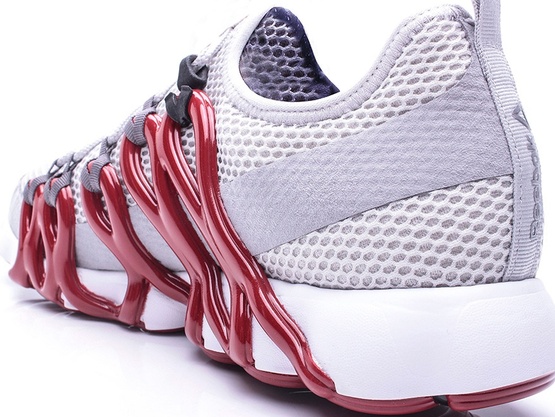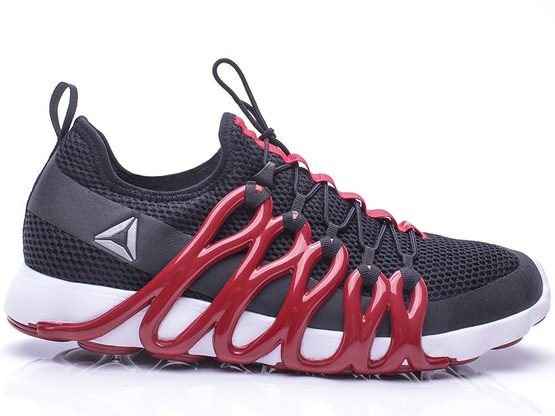When Reebok announced a limited edition of Liquid Floatride Run, its 3D-printed shoes, we mostly laid emphasis on the manufacturing process that required the use of a liquid material to draw shoes in 3D layers. No name had been given regarding the material used until then. BASF recently released more information on this matter.

The manufacturing process of footwear
Manufacturers increasingly use 3D printing or create 3D printing facilities in order to cut costs and move closer to their customers. For now, most of these facilities are found in the US. Remember Flowbuilt, the 3D printing facility of Superfeet, or the recent collaboration between Materialise and HP to produce 3D printed footwear.
Back to Reebok… BASF especially used a 3D drawing technique which consists in drawing shoe componentry in 3D layers. The combination of software and robotics has been required to obtain the expected results.
This technique is particular because it does not require the use of traditional molds which take time and require a lot of skilled people.
 “The chemical company developed a urethane-based liquid to help eliminate molds. That liquid is then drawn on the entire shoe as the outsole, resulting in a three-dimensional fit. [That’s how the Reebok Liquid Speed shoe has been created]. We provide the material to Reebok that has the required rheology and reactivity to produce a part with no molds,” said Chau Nguyen, Market Segment Manager for Footwear, PM North America, BASF. “When you draw with this material, it’s already curing, it’s already started to solidify.”
“The chemical company developed a urethane-based liquid to help eliminate molds. That liquid is then drawn on the entire shoe as the outsole, resulting in a three-dimensional fit. [That’s how the Reebok Liquid Speed shoe has been created]. We provide the material to Reebok that has the required rheology and reactivity to produce a part with no molds,” said Chau Nguyen, Market Segment Manager for Footwear, PM North America, BASF. “When you draw with this material, it’s already curing, it’s already started to solidify.”
Speaking about comfort, the expert explained that the outsole “has wings on it and it wraps around to the sides of the shoe. You have tension at the top of your foot, and usually all of the materials are combined together,” Nguyen added. “Well, in this case you have material attached to the sides, the medial and the lateral parts of your foot, so you get a more custom fit.”
Lastly, according to the company, when users will run, a certain amount of energy will go to the ground. However, if the user hits the ground therefore, “it absorbs the energy and then it returns it, that’s why it’s called high rebound.”
For further information about 3D Printing, follow us on our social networks and subscribe to our newsletter! Would you like to be featured in the next issue of our digital magazine? Send us an email at contact@3dadept.com





